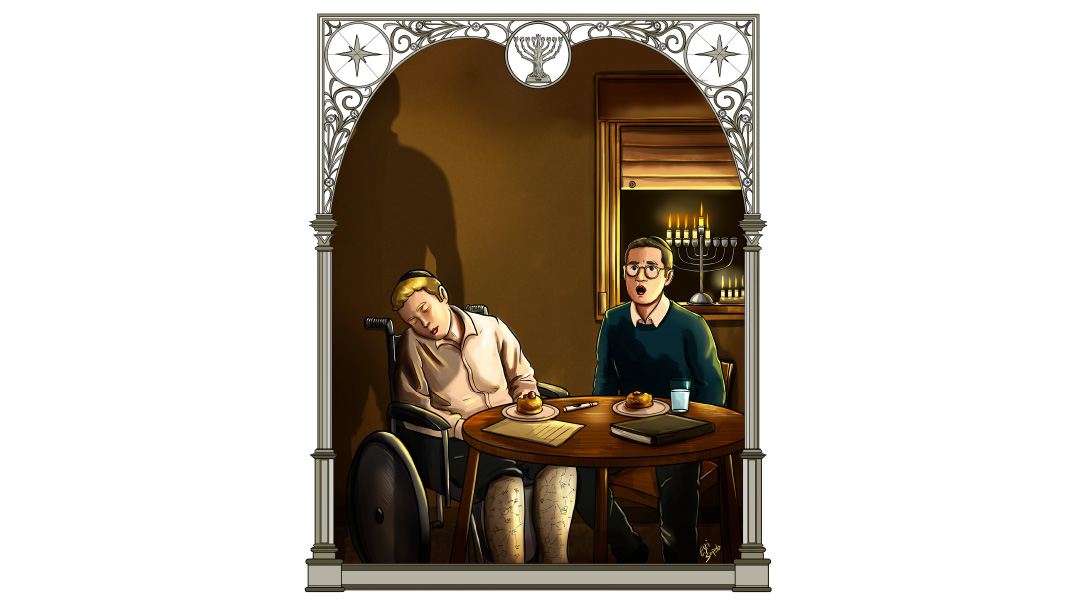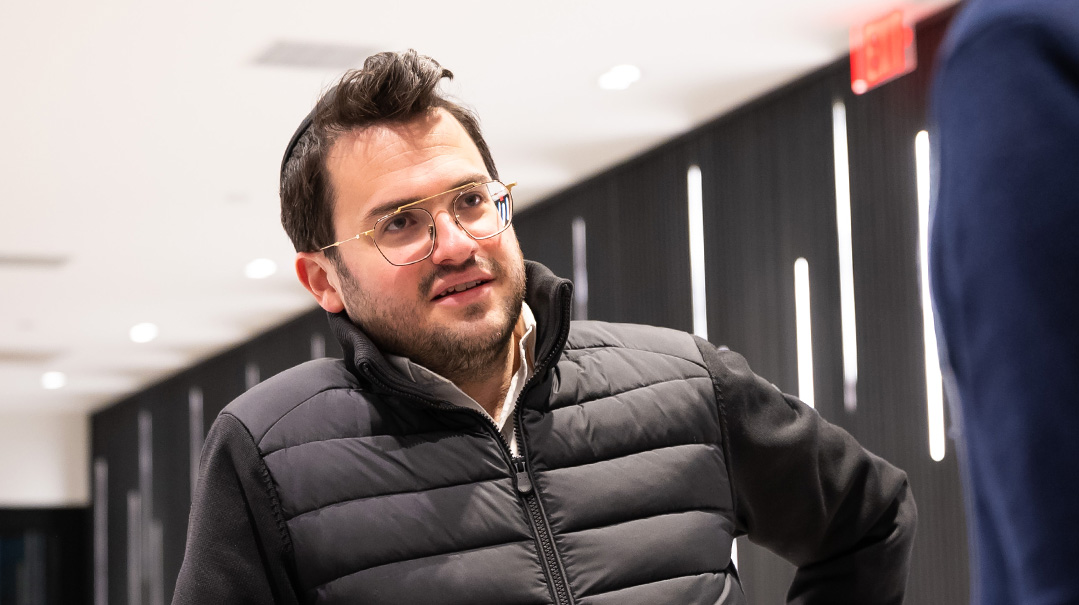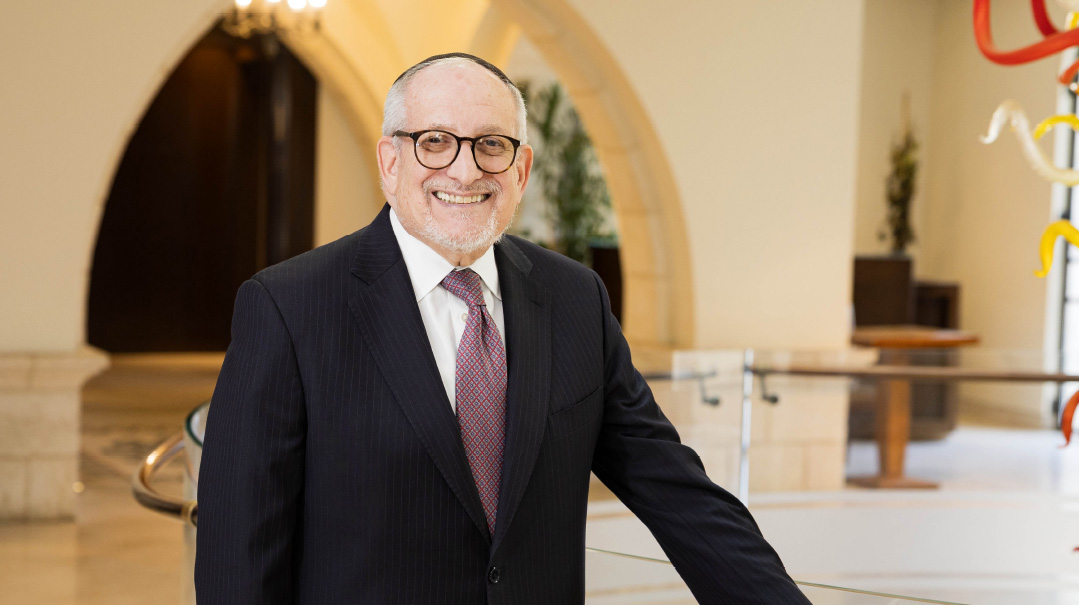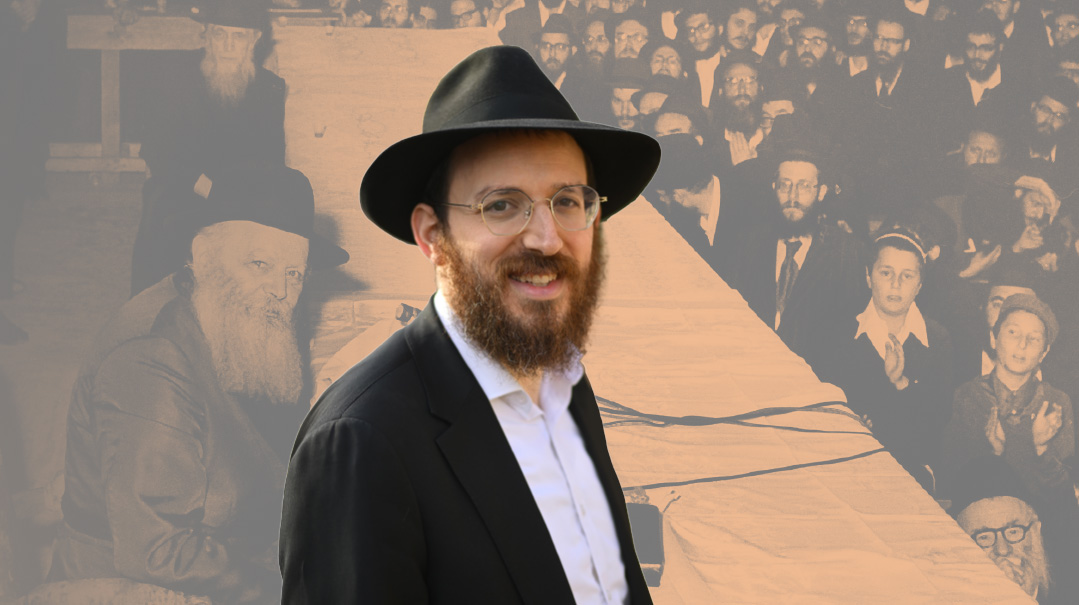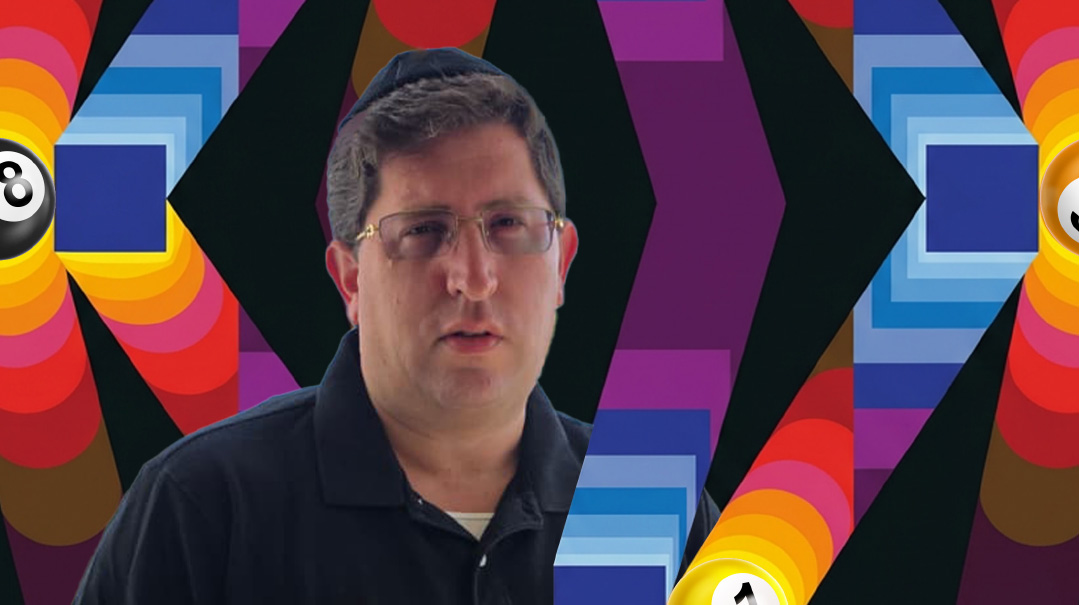A Bird in the Hand

Rabbi Avrum Yitzchok Kahan helps others perform the rare mitzvah of shiluach hakein and fill their lives with blessing
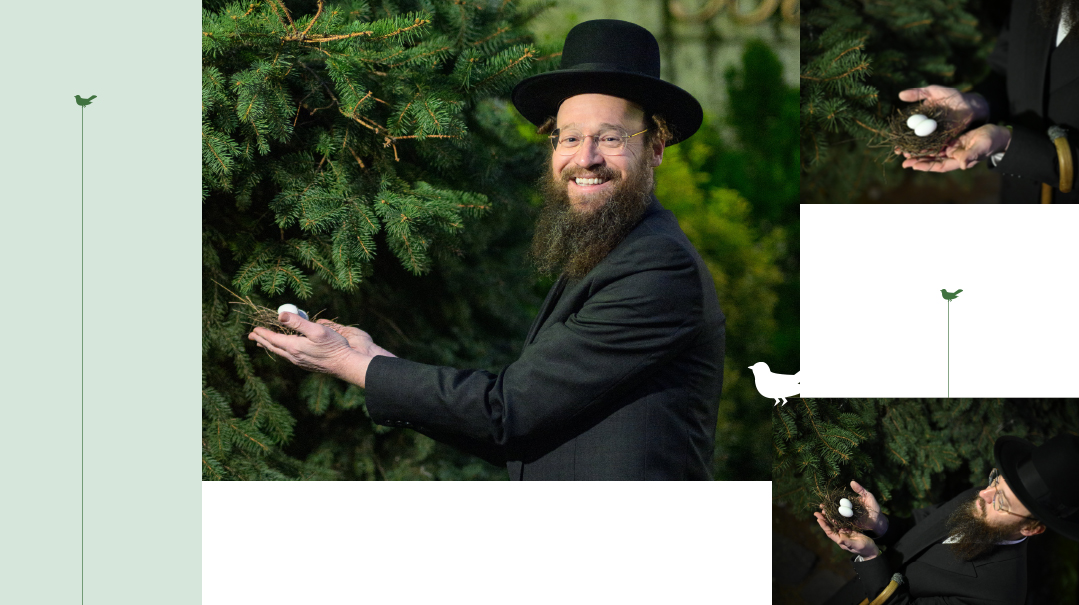
Photos: Naftali Goldgrab
Rabbi Avrum Yitzchok Kahan was 13 the first time he shooed a dove away from her nest, fulfilling the mitzvah of shiluach hakein. And once he learned of the strong connection between this enigmatic mitzvah and having children, he knew he had a special mission. Over three decades later, Rabbi Kahan hasn’t gone a day without looking for nests, as he helps others perform this rare commandment and fill their lives with blessing
WE were huddled in a parked car on Jerome Avenue in the Bronx, New York, on a freezing December night.
“The main thing is, do it b’simchah!” the man in the front seat pleaded, his face flushed with animation as his words tumbled out in an energetic rush.
It was impossible not to get sucked in. “You might be the only one in the world doing shiluach hakein right now. You should remember forever what I’m about to tell you: The Chida said that a regular person would have to live 80 years in order to learn what the Arizal learned in one half hour of sleep — and the Arizal attributed his accomplishments to the tremendous simchah shel mitzvah he had. Here’s your chance to do a mitzvah d’Oraisa with simchah!”
He’s done this over five thousand times, yet his exuberance was so real you could touch it.
His name is Rabbi Avrum Yitzchok Kahan (a Heavenly pun?), and his life’s aim is to help Jews acquire the mitzvah of shiluach hakein and the merits that flow from it.
After an hour and a half shmuess that was a mix of Torah sources, practical instruction, and pumping us up for the mitzvah, my teenage son, daughter, and I followed Rabbi Kahan into the night, up a flight of stairs, through the subway turnstiles, and halfway up the stairs to the train platform, where we came to a sudden halt. It all happened so quickly we had no time to wonder at our unlikely destination.
A furtive glance around to ensure we weren’t being observed, and then Rabbi Kahan leaned over the rail and pointed. A few inches below the step, relaxing on a nest perched on a ledge and minding its own business, was a fat New York City pigeon.
“Poor gal,” was my first thought, but I quickly banished it as Rabbi Kahan’s exhortations about doing it b’simchah came to mind.
Rabbi Kahan warned me that people often regret afterward that they didn’t have the right kavanos, so I was determined to do it right. Trying hard to feel the simchah shel mitzvah, I took the wooden walking cane he handed me, and lightly poked the pigeon. Nothing happened. With his urging, I whacked slightly harder, until the bird reluctantly flew off its nest. I quickly reached through the rails to retrieve the two eggs, but apparently my arm wasn’t long enough. Within a minute Her Majesty was back on her throne, serene as can be. Attempt number two was a repeat performance — I just couldn’t reach the eggs. And then we heard the rumble of an incoming train. Rabbi Kahan ushered us to the top of the platform to blend in with the crowd emerging from the train; once the crowd dissipated, we tried a third time. But my arm hadn’t grown in the interim, and I had no choice but to concede and appoint Rabbi Kahan as my shaliach.
“Rav Chaim Kanievsky ztz”l always did shiluach hakein with a shaliach. It’s almost as good as doing it yourself,” he tried to appease me.
He handed me the eggs and instructed me to read the pesukim in the Torah about shiluach hakein, having a personal bakashah in mind while saying the words, “L’maan yitav lach.”
Back in the car, Rabbi Kahan shined a flashlight on the translucent shells. A chick moves inside the egg about every seven seconds, he explained, and observing that movement confirms it’s alive. If there was any doubt, we’d have to find another nest in order for me to fulfill the mitzvah.
While the amateurs continued to see nothing, Rabbi Kahan gave a satisfied nod. Movement confirmed, we were free to go.
On the drive back to Monsey as we processed the experience, my kids were exhilarated, but I felt a tinge of disappointment. I was no better than the masses; despite being warned, I fell into the same trap. I was so enwrapped in getting the job done that I forgot about the kavanos I meant to have.
But later that night, I remembered the words of the Imrei Emes of Gur that Rabbi Kahan had shared with us. The pasuk says, “Ki yikarei kan tzipor lefanecha — when you come upon a bird’s nest in a public place,” he told us. “Yikarei” is a lashon of mikreh, chance, and you’d expect it to be spelled with the letter hei at the end. However, it’s spelled with an alef — “to call” — because the names of those who will be zocheh to do this mitzvah are called out in Shamayim. True, I needed a shaliach, and my kavanos were less than perfect, but also true: My name rang out in the Heavens as I was chosen for this special opportunity — clearly a net gain.
Many people complete Sefer Tehillim at the kever of the Ribnitzer Rebbe in Monsey, New York after doing shiluach hakein. The next morning, as I sat in the cozy heated cubicle at the kever, my Tehillim felt different. Shiluach hakein is so beyond human comprehension that in its afterglow I felt connected to something vast and cosmic and spiritual.
Oops! We could not locate your form.

